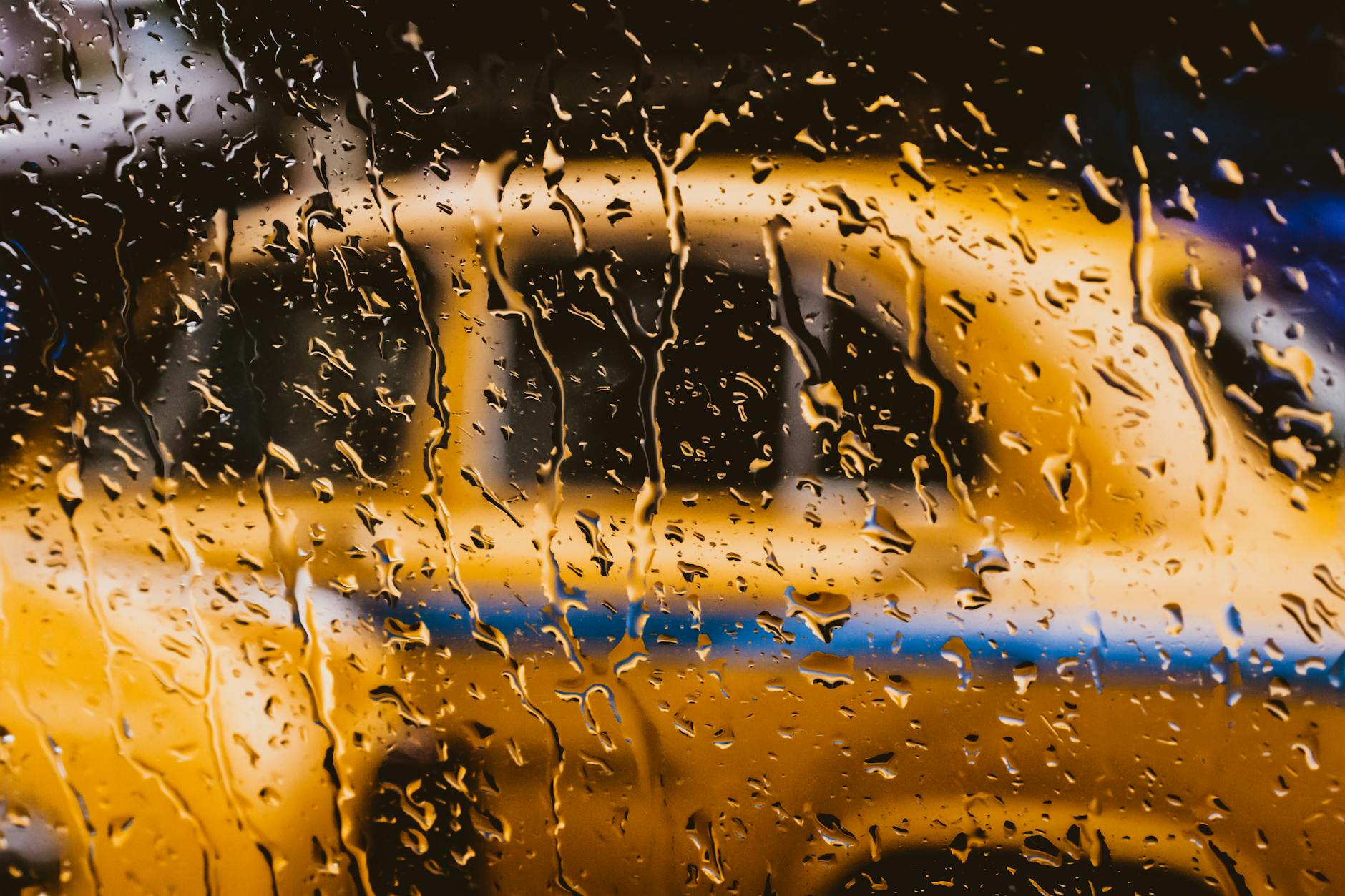
“`html
Can the Monsoon Be Urban India’s Hero Again?
For centuries, the monsoon was India’s grand protagonist—a seasonal savior that quenched parched lands, inspired poets, and fueled economic prosperity. Today, however, the script has flipped. The same rains that once symbolized renewal now expose the cracks in our urban planning, leaving cities drowning in chaos. But here’s the twist: could the monsoon reclaim its heroic role?
The Monsoon as India’s Historic Hero
Long before concrete jungles dominated the landscape, the monsoon was woven into India’s cultural and economic DNA. Bollywood films like “Lagaan” romanticized its arrival, while poets like Rabindranath Tagore likened its downpours to nature’s symphony. Beyond art, the monsoon was the backbone of agriculture, dictating the fortunes of millions of farmers and, by extension, the nation’s GDP.
It wasn’t just about survival—it was celebration. The first showers brought relief from scorching summers, replenished rivers, and signaled hope. Villages rejoiced; cities, though fewer, welcomed the respite. The monsoon wasn’t just weather; it was a lifeline.
The Monsoon as Urban India’s Villain
Fast-forward to today, and the narrative has darkened. Mumbai’s streets transform into rivers, Bengaluru’s tech parks resemble islands, and Delhi’s underpasses become death traps. The monsoon, once a hero, now plays the villain—but is it the rain’s fault, or ours?
The symptoms are glaring: flooded roads, crippled infrastructure, and viral videos of commuters wading through waist-deep water. The root causes, however, run deeper. Unchecked urban sprawl has swallowed lakes and wetlands, while storm drains choke on plastic waste. Climate change adds fuel to the fire, with erratic, intense rainfall overwhelming systems designed for gentler times.
Can the Monsoon Be a Hero Again?
Reversing the plot requires revisiting the past. Ancient stepwells and kund systems harvested rainwater efficiently, while cities like Chennai have revived temple tanks to combat flooding. Modern solutions—green roofs, permeable pavements, and decentralized rainwater harvesting—offer scalable fixes. But technology alone isn’t enough.
A cultural shift is crucial. Campaigns like “Catch the Rain” nudge citizens to view the monsoon as a resource, not a menace. When communities in Pune transformed flood-prone areas into rainwater recharge zones, they didn’t just solve a problem—they rewrote the story.
Challenges and Roadblocks
Yet, the path to redemption isn’t smooth. Politicians prioritize visible, short-term projects over invisible drainage upgrades. Bureaucratic red tape stalls wetland restoration, while budget constraints pit flood resilience against other urban needs. It’s like repairing a leaking boat while still sailing—possible, but perilous.
And then there’s the elephant in the room: can India afford to go green when development demands more roads, more buildings, more everything? The answer lies in reframing the question. Sustainable infrastructure isn’t a cost; it’s an investment against future catastrophes.
Conclusion
The monsoon’s tale is one of duality—both hero and villain, depending on how we write our lines. To restore its heroic arc, urban India must stop blaming the rains and start fixing the systems. Imagine a future where monsoon clouds are greeted not with dread, but with readiness; where cities don’t just endure the rains, but embrace them.
The curtain hasn’t closed yet. With smarter planning, community action, and political will, the monsoon could once again be urban India’s hero. The real question is: are we ready to play our part?
What’s your take—can the monsoon reclaim its glory, or are we stuck in a never-ending cycle of floods and blame?
Source: Livemint – Opinion
“`




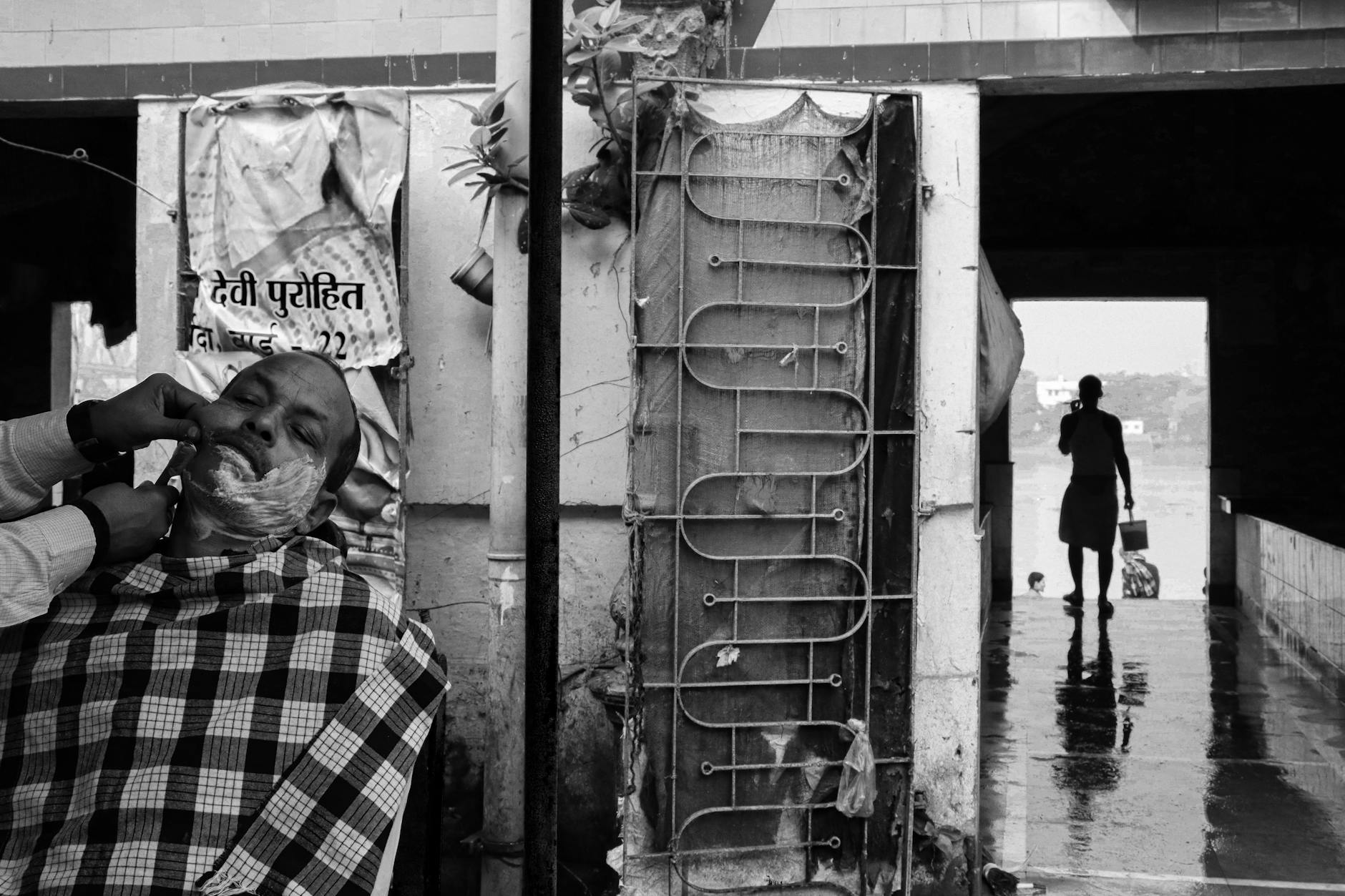
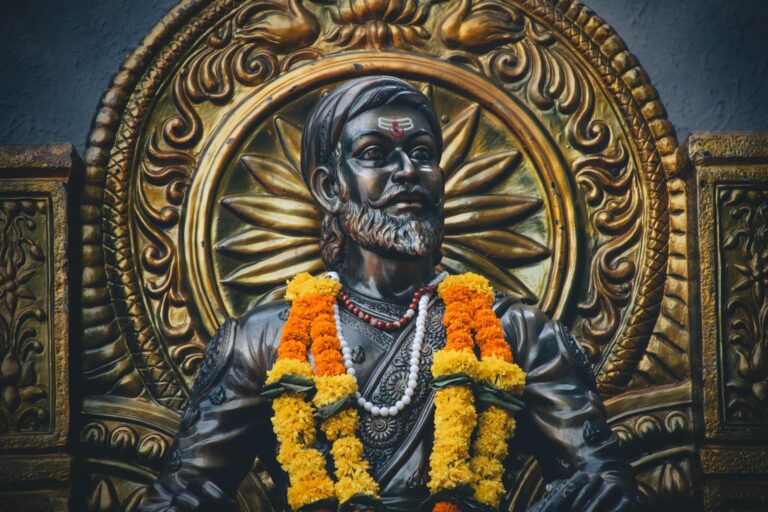

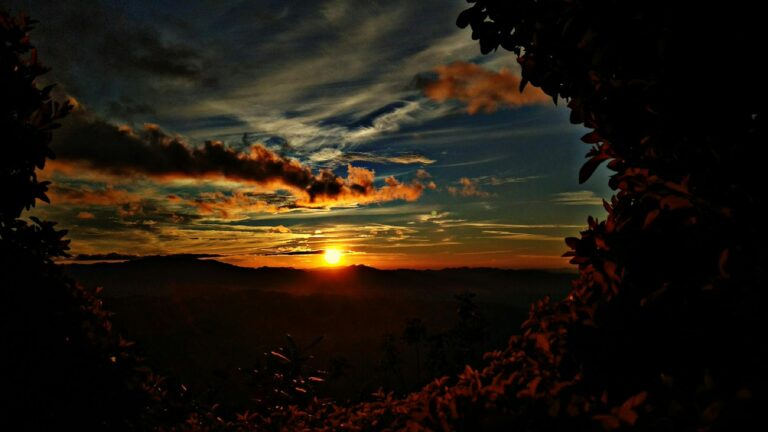

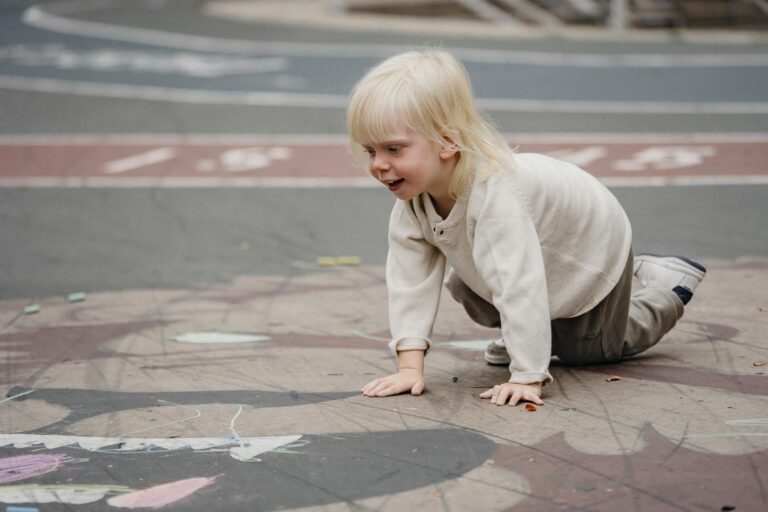



2 thoughts on “Can the Monsoon Be Urban India’s Hero Again?”